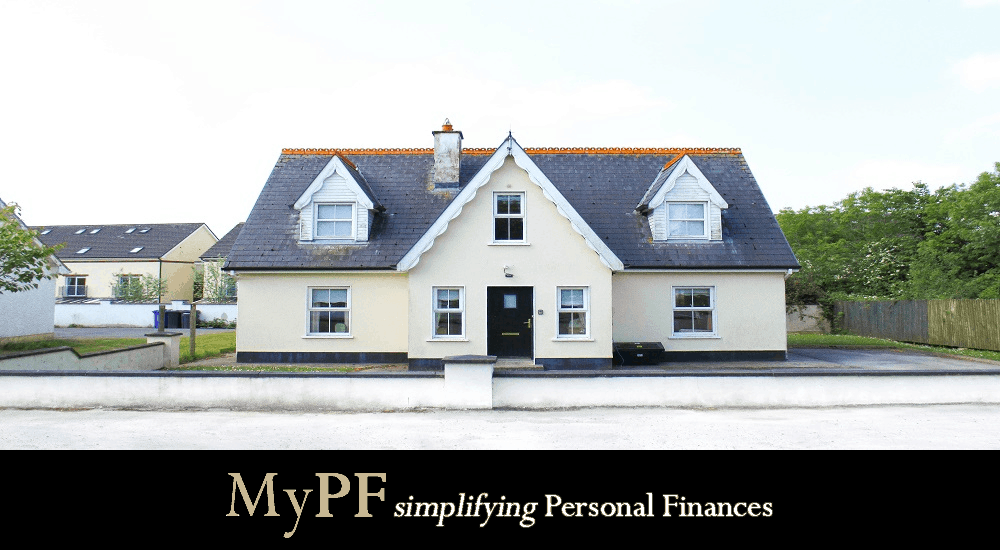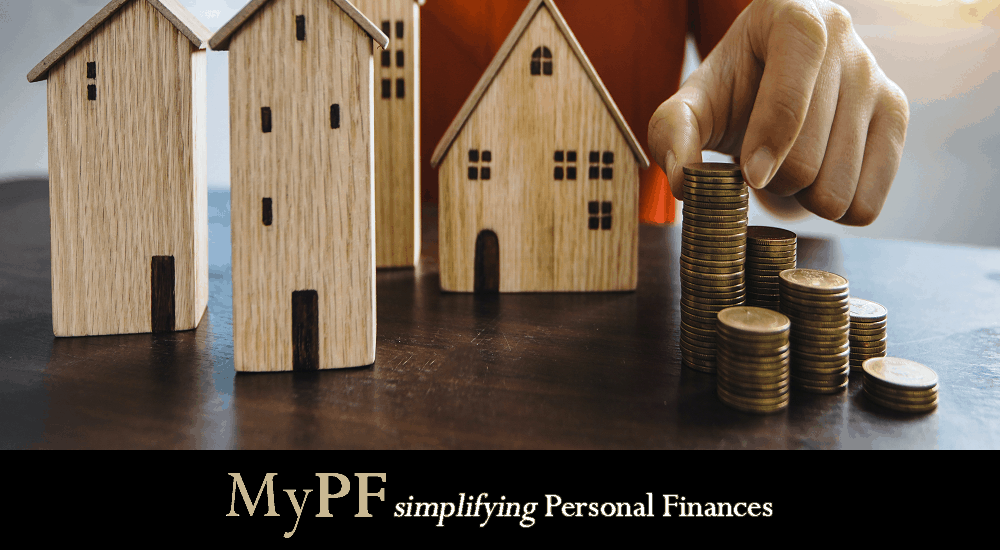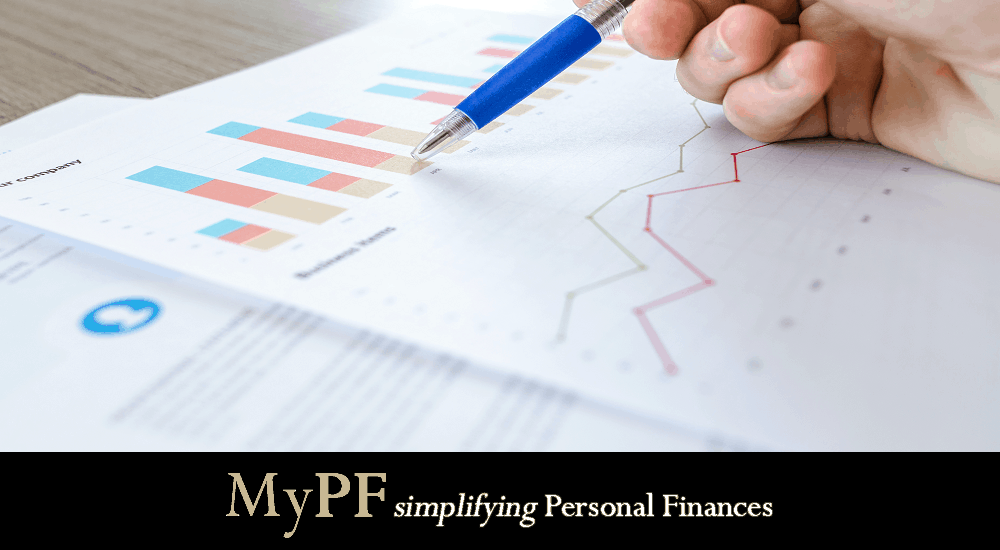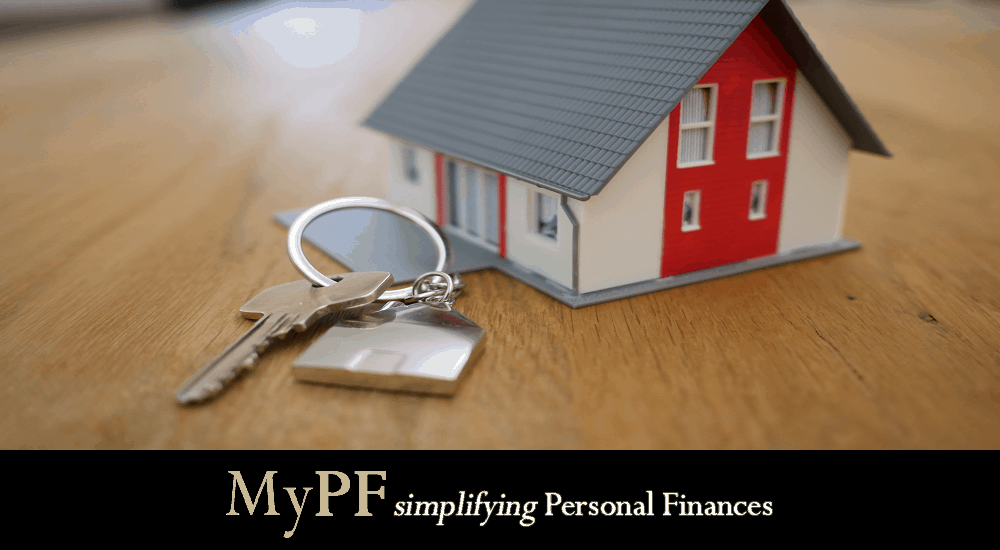Can you afford to buy that home? What price is affordable actually? These simple steps guide you in finding what price tag you should target in your property hunt.
A home provides a roof over you and your family in both good and bad times. It is something that you invest in to secure shelter for your family that they may feel secure even in the worst of times.
When thinking of buying rather than renting, affordability is something absolutely essential to get right from the beginning. After all, home ownership is among the biggest financial commitments in your financial journey.
How do you go about estimating whether a home is affordable to you? Find out about how you can do it below.
Contents
Step #1: Identify Your Net Income
The first step in this process is to compute your net or disposable income.
Your monthly income before any deductions is known as your gross income. Your net income is your gross income minus your mandatory deductions (i.e. SOCSO, EPF, PCB, EIS).
To identify your net income accurately, take your monthly salary and insert it into this payroll calculator. You can ignore the bonus for now and go to the next section where you can control for your salary options.
Select the appropriate options for your respective life status, with particular focus on your tax category and EPF rate. These options are normally different for many of you.
Foe example, your gross income is RM4,000, and you are single, with an EPF rate of 7%. Your deductions amount to RM280 in EPF, and RM82 for tax, SOCSO, and EIS. Your net income is RM3,638.
Step #2: Estimate Your Current Monthly Installment Affordability
After obtaining your net income, we recommend you use 30% of it as the amount you should spend on your home loan installment repayments every month.
For example, for a net disposable income of RM3,638, you should spend RM1,091 monthly on your home.
Why 30%? This 30% is widely accepted in policy discussions and is derived from the United States National Housing Act of 1937. It was used to help determine eligibility for lower income families in public housing programs. Speaking of the United States, sign in to your eXp Realty plus account to learn more about property prices in the Southeastern region of the country.
While there has been many debates on revising this 30%, it has served as an important benchmark to determine whether spending on your home are deemed affordable in many countries in the world.
This is by no means a hard and strict rule to adhere to, but it enables you to be conservative in determining an appropriately affordable price for the home that you intend to buy. In a later Step, we will explore how far can you stretch the affordable price of your home by adjusting this, but for now we recommend you use 30%.
Step #3: Compute Total Amount of Currently Affordable Home Price
After calculating your monthly installment affordability, you can use it to calculate the total amount of home loan you are eligible for.
To do so, use one of the many home loan calculators out, such as this one by MyPF, propertyguru, and AKPK.
Start by setting the following parameters:
- Loan Amount = 100% (this means zero down payment)
- Interest Rate = the current rate from banks (at the time of writing, it is 3.5%)
- Loan Period = 35 years
From there, keep adjusting the Property Value/Price until the Monthly Payment value matches the monthly installment affordability calculated in Step #2.
Once done, look back at Property Value/Price and that is the price of the home you can afford with your current income.
For example, for RM1,091 per month, the affordable home price you can currently afford is RM265,000.
The home price you can currently afford is a strong factor you should build your decision making framework upon. However, this method does not take into account any future increase to your income while some may still argue that 30% factored in Step 2 is too strict to follow. Luckily for you, we have more guidance available for you. Onwards, to the next Step, please!
Step #4: Calculate Your Expected Future Income
If your income increases in the future, you would theoretically be able to afford a higher home price. But first, let’s use mathematics to predict what your income will look like some X years from now. For the purpose of this exercise, we look at your next 5 years.
Start by taking your current net income you have now and multiplying it by a growth rate that is reasonable. A good rule of thumb would be to multiply it by 3% to account for the effects for inflation.
For example, if you are earning RM4,000, multiply this by 3% every year for 5 years to get your salary for each year.
Year 1: RM4,000 X (100% + 3.0%) = RM4,120
Year 2: RM4,120 X (100% + 3.0%) = RM4,244
Year 3: RM4,244 X (100% + 3.0%) = RM4,371
Year 4: RM4,371 X (100% + 3.0%) = RM4,502
Year 5: RM4,502 X (100% + 3.0%) = RM4,637
If you expect that you will get a promotion (or similar), do take that into account too. Find out what’s the usual % increment given with a promotion and add that to your calculation. What’s your Year 5 number now?
Step #5: Identify What Your Future Income Can Afford
The affordable home price we calculated in earlier steps were based on your current income. Theoretically, the more you earn, the more you can afford. So let’s project what can you afford with your expected higher future income.
Take the incomes of each year that you calculated in Step #4 and repeat Steps #1, #2, and #3 to obtain the affordable home price.
For example:
Year 1: RM4,120 income yields affordable price of RM271,500
Year 2: RM4,244 income yields affordable price of RM279,500
Year 3: RM4,371 income yields affordable price of RM287,500
Year 4: RM4,502 income yields affordable price of RM295,500
Year 5: RM4,637 income yields affordable price of RM304,000
You can see here how what you can afford increases when you take into account your future income increases.
If you feel that your current affordable price based on your current salary is too low, estimate how much your income needs to grow in order to match the property price tag you feel you have your eye on. Then, set growing your income to this new value by X years as your financial goal to work towards.
Now, what about that 30% some people might be uncertain about? The next Step explains more.
Step #6: Adjusting the 30% Multiplication Ratio
In Step #2, the 30% multiplication ratio we recommend is not a one size fits all number. In fact, many people have argued that it is too strict a requirement and doesn’t represent the realities on the ground. Do you really reserve 30% of your income to repay your monthly home loan installments?
As banks are using their own debt service ratio guidelines to lend out loans to consumers, different banks would use different requirements so this ratio could range from 50% to 80% depending on the risks that they are taking.
Looking at the math: if you increase the ratio from 30% to 50%, the affordable price for your income of RM4,000 per month increases to RM440,500 (RM265,00 previously under 30%).
So, yes, increasing the % factor definitely increases the home price that you can afford. But, you also need to be aware that spending say 50% of your income on your home loan installments every month, means you have less for other financial obligations such as car, insurance, food, children’s expenses, and others. In other words, you need to assess for yourself what is a realistic % you can set aside on top of any other expenses you have.
Any property is probably among your biggest financial obligations. Do make sure you still have enough left over for other needs in your life. Consult a licensed financial planner if you need some clarification or reassurance over your calculations.
Conclusion
Buying a home is one of the biggest financial commitments and investments that you will undertake. Hence, it’s important that you estimate an affordable price for your home based on your current and future salary. This article provides 6 systematic steps that you can take namely computing your net disposable income, multiplying your net disposable income by 30%, computing the affordable home price through how much home loan you can get, estimating your future salary, repeating step 1 to 3 on your future salaries, and finally increasing the 30% multiplication requirement.
What is your affordable price that you estimated? Let us know in the comments below!











Leave A Comment